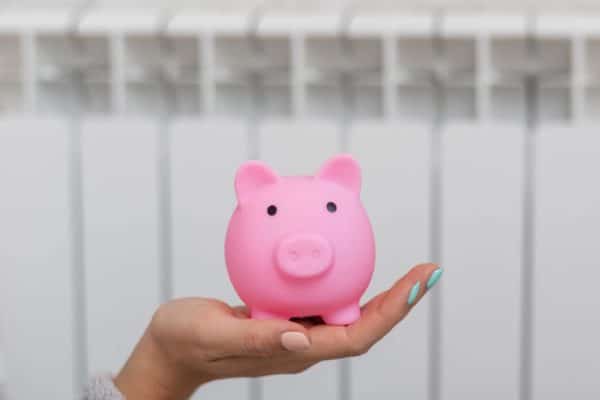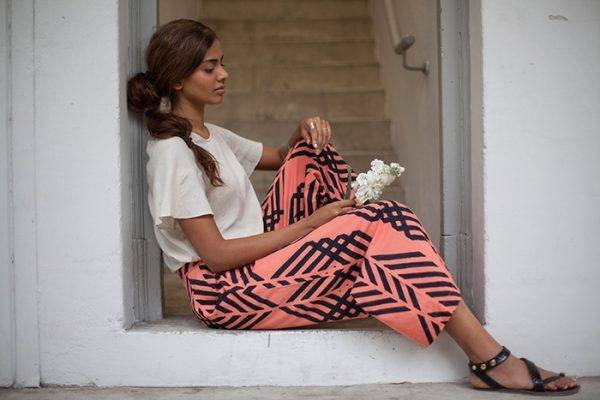“Out of sight, out of mind.” This phrase is so apparent in current society, that I have seriously begun to wonder if words such as causality and repercussions were taken out of our vocabulary without me knowing.
The amount of rubbish we contribute to landfill, and the mindless consumerism which is driven by the ‘here and now’ mentality, mind boggles me. The fact is: our daily activities result in some form of impact on our planet, and unfortunately, it’s usually not positive.
The ocean and its glorious marine dwellers are major victims of our human habits, but you will be pleased to hear that protecting our ocean may not be as hard as it sounds, and can start with our daily habits…
Firstly, let’s address the issues. To name a few:
- Microfibers: small synthetic fibres which are 1/5 the diameter of human hair, shed from our synthetic clothes (e.g. Polyester and acrylic) in the washing machine and go on to contaminate our rivers and oceans. Not only do they harm aquatic life when consumed, but these microfibers enter the food chain- meaning your clothes can and DO end up back on your plate! Yuck!
- Plastic bags: Annually, more than 500 billion plastic bags are used worldwide. Plastic bags last up to 1000 years, meaning one plastic bag can be responsible for the death of more than one marine animal or hungry seagull.
- Microbeads: These tiny pieces of plastic are found in your skin care products, and are swept down the drain after skin exfoliation. Microbeads follow a similar path to microfibers and end up in your seafood meal… not a nice combo!
These problems aren’t small fry, and continue to grow. If you are an eco-warrior and ocean activist, I solute you! If not, you’ve come to the right place.

Here are 5 easy ways you can protect our ocean through changing your daily habits.
1. Invest in the Guppy friend or Cora ball
These two excellently designed solutions trap microfibers in the washing machine before they get the chance to make their way into the water system. The Cora Ball was designed by a group of scientists from the Rozalia Project for a Clean Ocean. It is a circular, coral looking object which you simply throw into the wash. The Guppy Friend, a filter bag, is another ingenious invention soon to be released by Patagonia. This nifty creation filters 99% of all broken fibers from the wash, allowing you to dispose of the fibers responsibly.
2. Bring reusable bags with you EVERYWHERE
Carrying a reusable bag in your car or handbag, is the least we can do for our ocean. Before you next visit the supermarket, I challenge you to find a cool tote bag and make it your new best friend- don’t leave the house without it!
3. Change your washing routine
It is easy (especially for us ‘clean freaks’) to get into the habit of throwing your clothes in the wash at the end of the day. Although this suggestion may challenge your idea of hygiene, reusing your t-shirt for 3-4 days (it doesn’t have to be back to back!) is totally acceptable. If your shirt smells ‘funky’, it deserves a wash. But once you start checking each item before you throw it in the basket, I guarantee you will find some garments only need a spot wash.
4. Avoid bathroom products with microbeads
Even though microbeads may feel amazing on your skin, there are many natural exfoliators that provide the same result- often better! Sugar, oats, coffee, sea salt, and honey have been used successfully as exfoliators, and when mixed with coconut oil, baking soda or other restorative ingredients, they make great DIY, cheap exfoliators. Alternatively, avoid products with microbeads- easy!
5. Reuse, reuse, reuse
Keeping your garments in use for as long as possible can be the simplest way to save the ocean AND your bank account. Buying high quality apparel also reduces the number of microfibers emitted into the ocean, and means the garment will last longer.
It is easy to think ‘out of sight, out of mind’ (I’ve been caught out too!) but this is not a sustainable mindset. Increasing our consciousness is crucial to instigating positive change, and it all starts by altering the basics. Grab a guppy friend from Patagonia, a cute tote or two, change your washing routine, experiment with DIY exfoliators, and try your best to repair rather than replace your garments.
Photo by Morre Christophe on Unsplash


